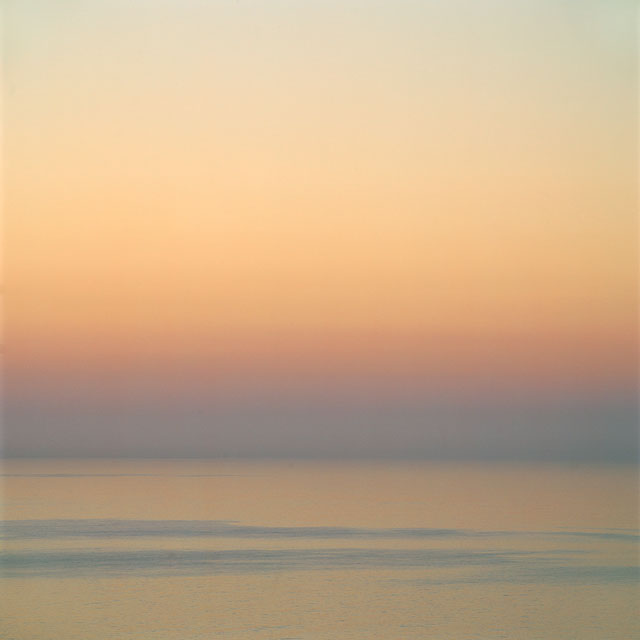Shooting from the same location...
I've often thought (and heard) the phrase "Oh, I've shot there before." It is usually dismissive of that location and governed by the thought that a new location would be better. Sometimes, it is - but the mindset is flawed. The thing is, if you're shooting any sort of landscape or scenery that involves the sky - going again can be like shooting an entirely different scene. The way the clouds look (or if they're gone all together; the way the sun is shining in the sky; even the smallest of things in this scenario can change the appearance altogether (check out shots from Jose Rizal Bridge in my Urban gallery for just a couple of examples).
Photographer Robert Weingarten revealed this so clearly when he set out on a project called 6:30am. He took a picture every morning he was able at precisely 6:30am from the same exact spot, looking in the same exact direction with all of his camera settings set the same (except shutter speed, depending upon conditions). The results tell the story!
From the website's description:
"After making test pictures from various points around his ocean view home in Malibu, he decided to turn his normal working procedure upside down and inside out by creating a set of strict rules of engagement with the motif. The subject would be sky, sea, and city observed over the course of one year, beginning on January 1 and ending on December 31, 2003, and would be advanced every day he was at home. A number of key artistic decisions governed the outcome of the project. Weingarten established a single viewpoint, looking southeast over Santa Monica Bay, from which every photograph in the series would be made with the camera in exactly the same position.
Each exposure would be made at precisely the same time of day - 6:30 am - measured by one quartz clock. All exposures would be made with the lens focused on infinity and at the same aperture of f/22. Just two variables were allowed into this disciplined scheme: the shutter speed of the lens, which would be adjusted faster or slower depending on the quantity and quality of light available at 6:30 a.m. each day; and, the most variable element of all, changes in the scene that were introduced by the forces of nature."








